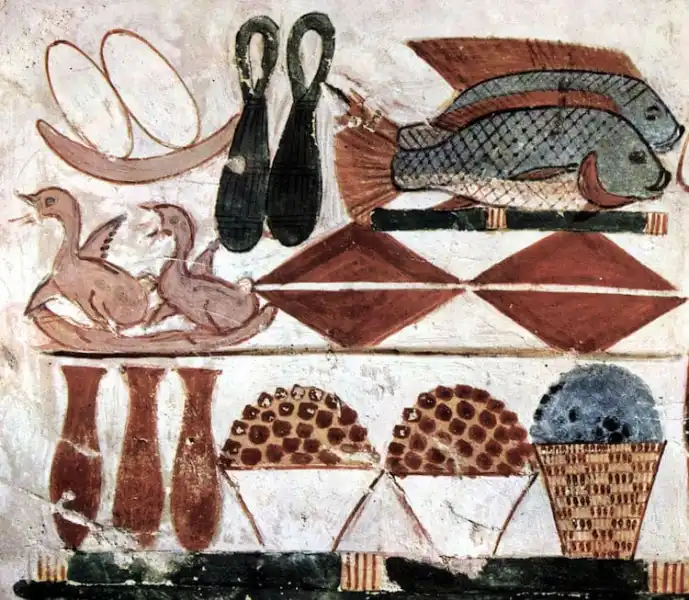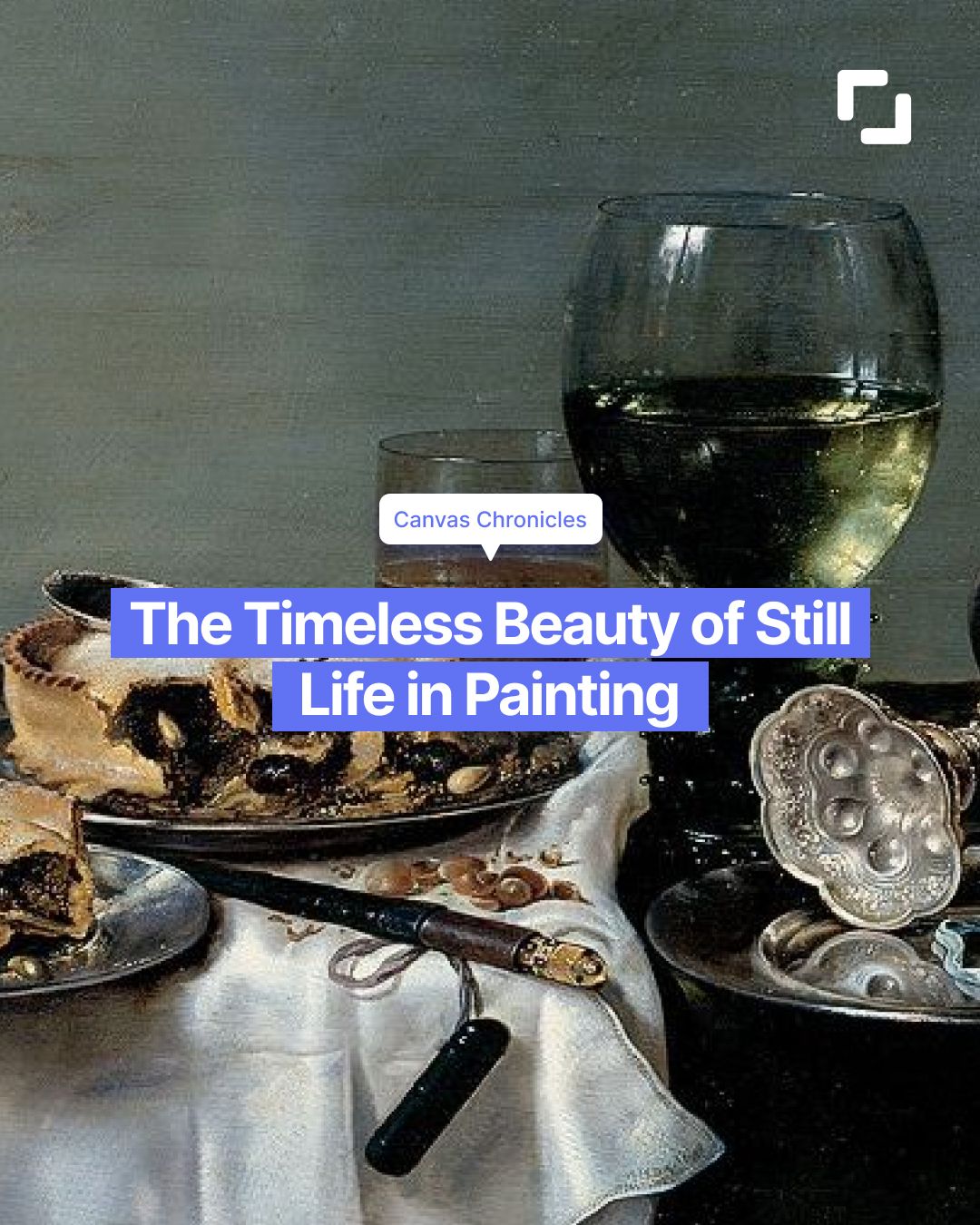Still life, often referred to as "dead nature" in painting, is a genre that has fascinated artists and art enthusiasts for centuries. This art form captures the beauty and fragility of everyday objects, providing a window into the cultural and historical context of different periods. In this article, we will delve into the captivating world of still life painting, its history, its impact on anthropology, and even explore the most expensive still life painting ever sold.
A Brief History of Still Life

Still life painting has been a part of artistic expression for over a thousand years. It first gained prominence in ancient Egyptian art, where objects like food and personal belongings were included in tomb paintings to accompany the deceased to the afterlife. However, it was during the Renaissance that still life emerged as an independent genre in Western art.
Most Popular Artists Known for Still Life

One of the most famous artists associated with still life painting is the Dutch master, Jan van Huysum. His meticulous attention to detail and ability to capture the beauty of flowers, fruits, and objects made him an iconic figure in the genre during the 18th century. Other notable artists renowned for their contributions to still life painting include Willem Kalf, Giorgio Morandi, and Paul Cézanne.



The Most Expensive Still Life Painting
On March 30, 1987, Japanese insurance magnate Yasuo Goto paid the equivalent of US$39,921,750 for Van Gogh's Still Life: Vase with Fifteen Sunflowers at auction at Christie's London, at the time a record-setting amount for a work of art.

Fun Facts about Still Life Painting
1.Vanitas Symbolism: Still life paintings often incorporate symbols of mortality and the transient nature of life. For instance, the inclusion of a skull, an hourglass, or extinguished candles serves as a reminder of the impermanence of earthly pleasures.

2.Memento Mori: The Latin phrase "Memento mori," meaning "remember that you will die," is a common motif in still life paintings. It encourages viewers to contemplate the inevitability of death and reflect on the meaning of life.

3. Hidden Messages: Some still life paintings feature hidden messages or allegorical elements. For example, a vase of withering flowers may symbolize the passage of time, while a ripe fruit could represent the fleeting nature of youth and beauty.

Oysters have been symbols of desire since ancient times, associated with delicacy, aphrodisiacs, and even divine origins. The painting contrasts uneaten oysters symbolizing indulgence with a neglected bread roll symbolizing spirituality.
Still Life Painting and Anthropology
Still life painting provides valuable insights into the cultural and historical context of different periods and societies. Anthropologically speaking, it helps us understand the lifestyles, values, and societal norms of the time in which the artworks were created. For example:
- Socioeconomic Status: The choice of objects and their arrangement in still life paintings can reveal the wealth and social status of the individuals who commissioned or owned the artworks.
- Culinary Traditions: Still life paintings often feature fruits, vegetables, and food items, shedding light on the culinary preferences and availability of certain foods in different regions and eras.
- Symbolism and Beliefs: Symbols and allegorical elements in still life paintings offer insights into the cultural and religious beliefs of the period. They can reveal attitudes towards life, death, and the afterlife.
Still life painting, with its rich history, famous artists, and symbolism, continues to be a captivating and enduring genre in the world of art. Beyond its aesthetic appeal, it serves as a valuable tool for anthropologists and historians, allowing us to peer into the past and gain a deeper understanding of the cultures and societies that created these masterpieces. As we appreciate the beauty of a well-crafted still life painting, we are also invited to reflect on the impermanence of life and the enduring power of art to capture the essence of human existence.
Still life on Exchange Art :
1.Dead Nature (VIII) ❤️ by MariliaHenriquesART
This artwork have a timeless quality, as the pomegranate depicted remain static and unchanging, capturing a moment that can be preserved indefinitely.

2. Dead Nature (V) 🍅🫑 by MariliaHenriquesART
Artist MariliaHenriques use light and shadow to create depth, volume, and three-dimensionality within the composition. The choice of lighting can dramatically affect the mood and atmosphere of the artwork

3. Dead Nature (II) 🍇🍊 by MariliaHenriquesART
This paintings aim for a high level of realism and detail, allowing viewers to appreciate the textures, colors, and intricate details of the objects depicted.



